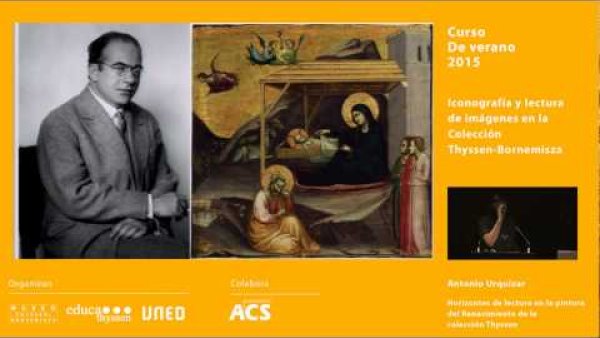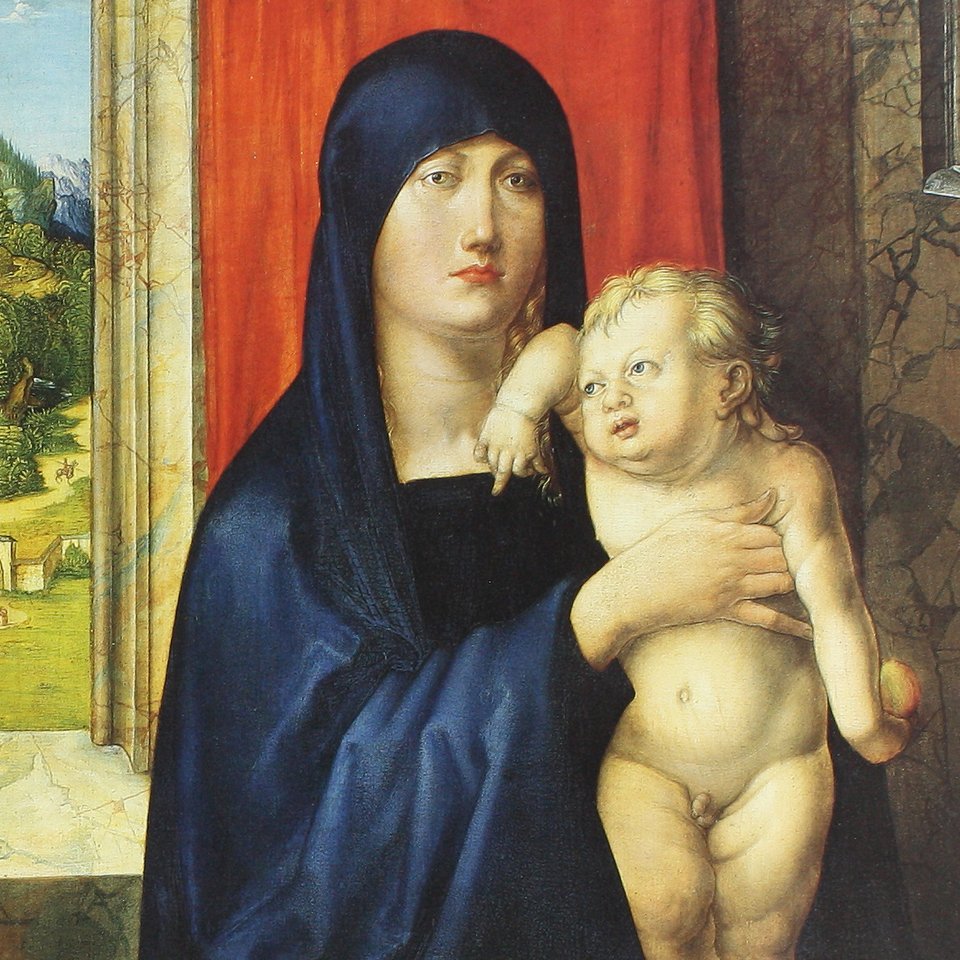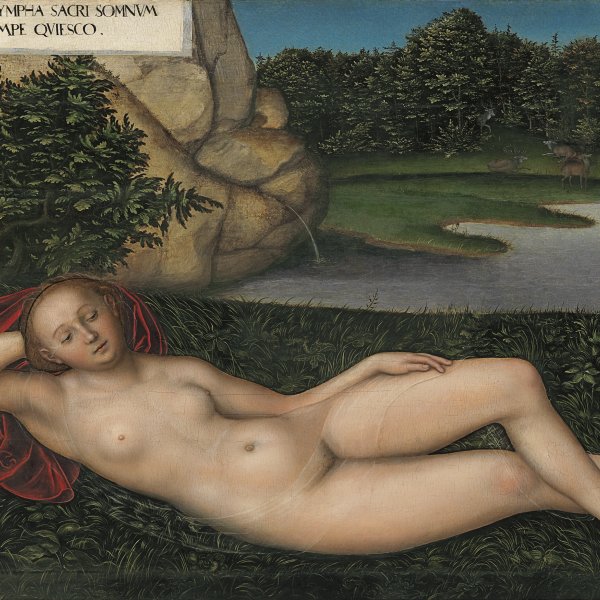Portrait of a Lady
Hans Baldung Grien was Dürer’s most gifted pupil, and an artist who soon developed a distinctive style of his own. While his output was varied and extensive, this panel is his only surviving female portrait. Here, the influence of another great German master, Lucas Cranach the Elder, is perceptible in details of the sitter’s clothing and accessories, such as the plumed hat and the hairnet of pearls. Yet it remains a wholly enigmatic portrait, in that historians have failed to agree on the lady’s identity. It is now widely thought that it is an abstract representation, the idealised figure of a woman rather than the portrait of a specific person.
DD
This Portrait of a Lady was in the collection of Count Dumoulin- Eckart in Munich until 1933. Acquired on the art market, it entered the Thyssen-Bornemisza collection the following year and appeared in its catalogues from 1937 when it was published as a portrait of a princess of Baden-Durlach. The panel was included by Otto Fischer in his monograph on Grien in 1939. It is the only surviving female portrait by the artist although two others are known through written references and old reproductions. It is signed with the artist’s initials in a monogram at the upper left corner next to the date, of which only three numbers are now legible.
This enigmatic portrait reflects the influence of Lucas Cranach the Elder, another great Renaissance artist with a highly individual style. In fact the influence is so pronounced that one might speak of a direct dependence on Cranach’s models. This point, made by Koch, has led the present work to be compared with Cranach’s Salome (Szépmüvészeti Múzeum, Budapest) and to be dated to around the same period. Cranach’s Salome is set in an interior that opens onto a fine landscape through a window on the left. The figure in Cranach’s panel has more jewels, most notably the heavy chains around her neck.
Lübbeke compared the present panel to another work by Cranach also of 1530, the Judith in the Jagdschloss Grünewald in Berlin. The parallels between the present work and Judith are evident both in the composition and type of clothing. In fact a series of elements in Cranach’s Judith such as the hat with feathers, the chain, the choker around the neck and the hairnet with pearls are repeated with some variations in this portrait. Baldung omitted the setting in which the richly attired Judith holds a sword and grasps the head of Holofernes by its hair. In both Judith and Salome Cranach depicted the figure with more realistic features, which are less enigmatic than the present work. All three works present the figures half-length with a slight turn of the head towards the viewer.
Together with its dependence on models by Cranach, Lübbeke also detected parallels with the work of the Flemish painter Jan Gossaert with regard to the composition and with Netherlandish painting in general with regard to the soft modelling evident here. The figure is constructed using a very limited colour range with an emphasis on orange, deployed in the hairnet, the jewellery and the brocade, and a very dark green tending to black, used in the velvet of the hat and the dress. Also notable is the whiteish tone of the face with its light shadows on the brow and contours. This white tone barely contrasts with the white of the pearls around her neck. Baldung emphasised the sitter’s large slanting eyes that look directly at the viewer and the small mouth with its well-defined lips whose colour, along with that of the eyes, stands out against the pale face.
Attempts to identify the sitter have so far proved unsuccessful. For a long time it was considered to be a nuptial portrait of a princess of the house of Baden-Durlach, but this identification has been rejected on chronological and historical grounds. More recently, opinion has tended towards considering this image less of a specific portrait and more an ideal image or a personification of a concept that remains to be interpreted.
Mar Borobia















